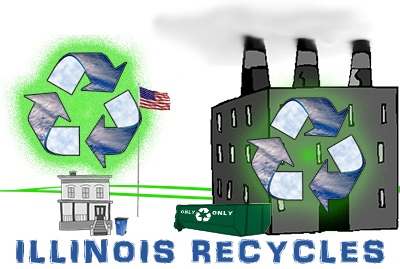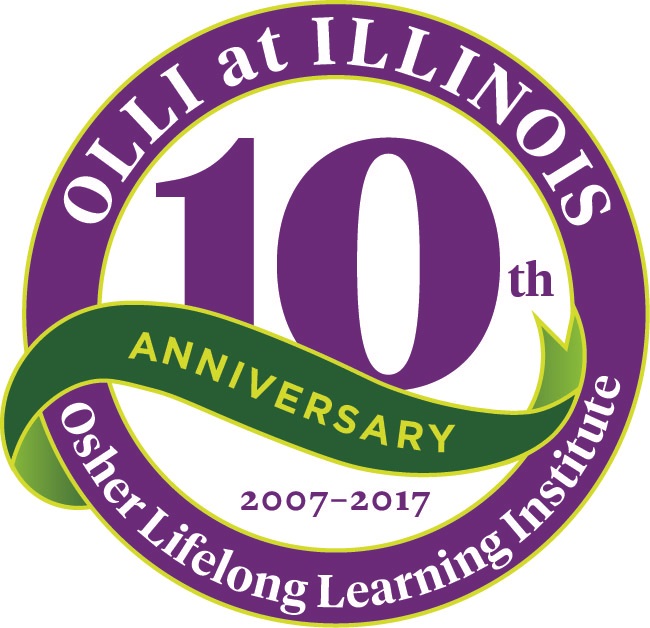Both the weather and the planet are heating up. We can’t do much about the current temperature, but there are things we can do to cool down the planet. Summer is the perfect time to develop new habits. Below is a list of sustainability tips and ideas to help you on your sustainable journey this summer that will hopefully last long after.
Minimize Meat
Reducing your meat consumption is one of the best ways to live a more sustainable life. Meat’s carbon footprint is much higher than that of plant-based foods. Summer is fresh fruit and vegetable season, so it’s a great time to start making them a feature on your plate. Consider making Meatless Mondays a habit.
Eat Farm Fresh Food
Supporting local farmers markets is good for the local economy and for the environment. Local food travels a shorter distance between the farm and your plate than food sold in the average grocery store. Buying from local producers also helps the local economy by keeping your dollars in the community. Both Champaign and Urbana hold farmers markets every week during the summer. The Sustainable Student Farm also holds a farm stand on the quad every Thursday which is a great option if you live on campus and don’t want to travel far.

Bring a (reusable) Bottle
Staying hydrated in the summer is important, but it doesn’t have to be at the expense of the planet. Each day, people in the U.S. throw away more than 60 million plastic water bottles, most of which end up in landfills or as litter in America’s streets, parks, and waterways.
Valuable Vacations
Vacations are a huge part of summer for most people. The Minnesota Pollution Control Agency offers some great tips for greening your travel.
Summer Cleaning
Although spring is traditionally when people deep clean, summer is also a great time to sort through your house and decide which things you no longer need. You can take old or broken electronics to the Illini Gadget Garage, which is an organization that works to keep electronic waste from entering landfills by offering guided repair sessions. For items you no longer want, get together with some of your neighbors and have a yard sale. Also, consider donating or recycling what you don’t need.
Ditch the Car, Ride a Bike
As the weather warms, switching out your car for a bike or a walk is a great way to significantly reduce your carbon footprint and get some exercise at the same time.

Volunteer at Sustainable Places
If you’re looking to get more directly involved in sustainability efforts but don’t know where to begin, try volunteering at different places to see what you are most interested in. There are a variety of volunteer opportunities in Champaign and Urbana. You can volunteer to help out at either of the local farmer’s markets, or if you’re interested in the process of growing food, you can volunteer at local farms like Sola Gratia, Prosperity Gardens, or the Student Sustainable Farm. There are also opportunities to volunteer at thrift stores like Courage Connections that sell recycled clothing and work to reduce the amount of textile waste that ends up in landfills every year.
For more information on living a greener life, visit the Green Living LibGuide. Looking for information on other sustainability topics? See ISTC’s full list of guides to sustainability by topic.


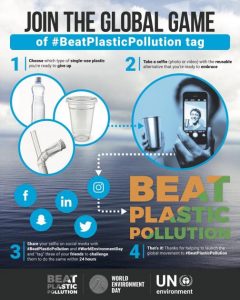
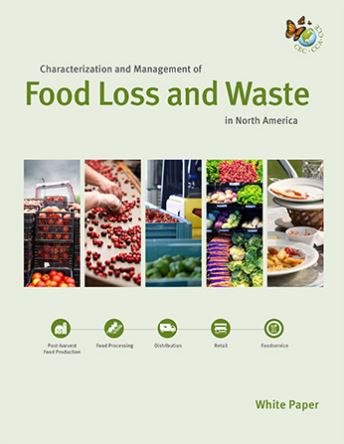 Characterization and Management of Food Loss and Waste in North America
Characterization and Management of Food Loss and Waste in North America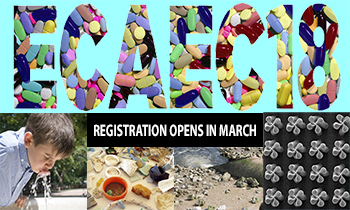

 The Ewoks’ Forest Moon of Endor sustained them in their happy lifestyle. But what happened on Tatooine, where Anakin and Luke grew up? Environmentally it took a wrong turn at some point, reminding us of droughts and wildfires growing more common in California and across the country.
The Ewoks’ Forest Moon of Endor sustained them in their happy lifestyle. But what happened on Tatooine, where Anakin and Luke grew up? Environmentally it took a wrong turn at some point, reminding us of droughts and wildfires growing more common in California and across the country.
